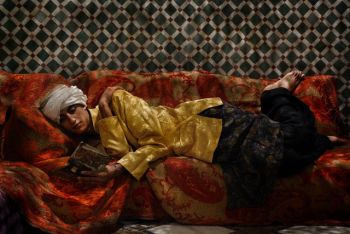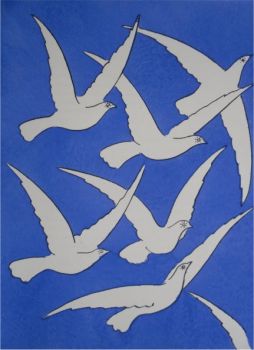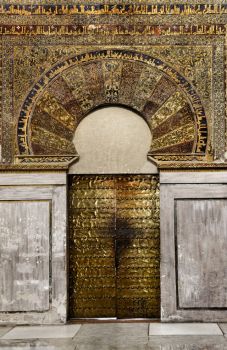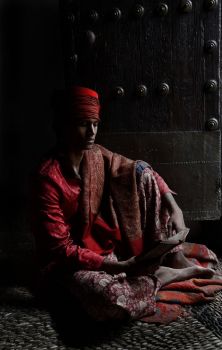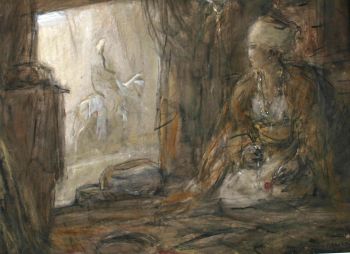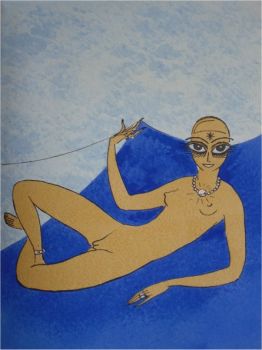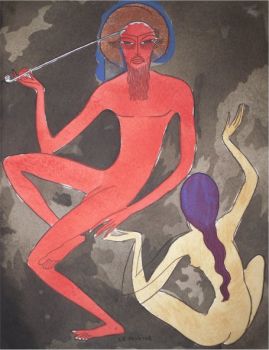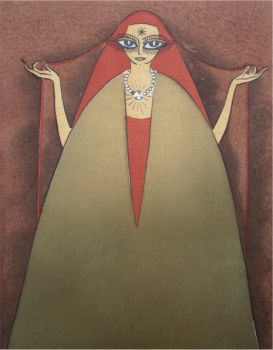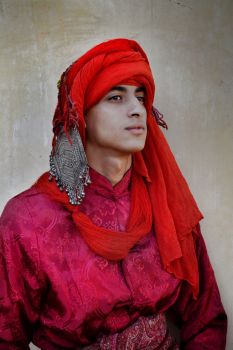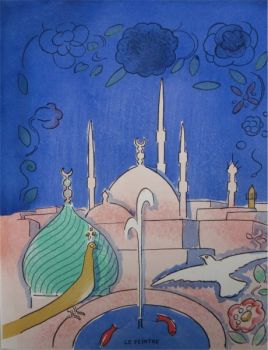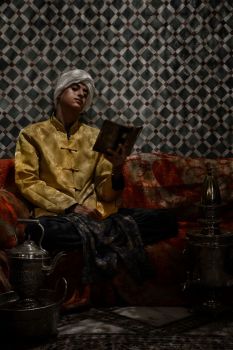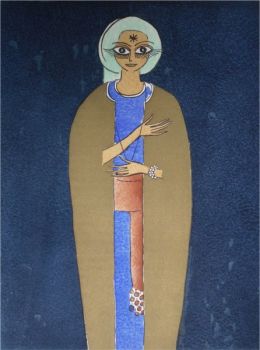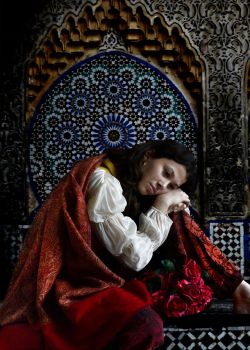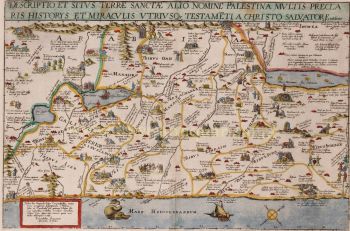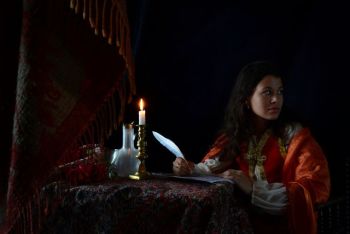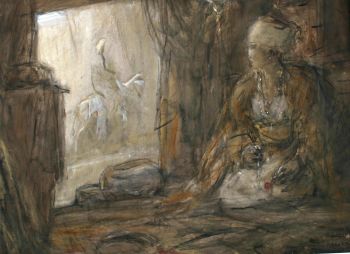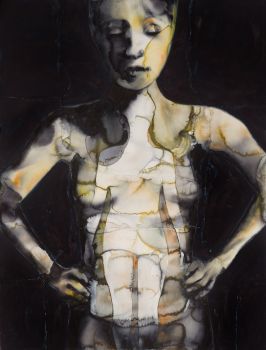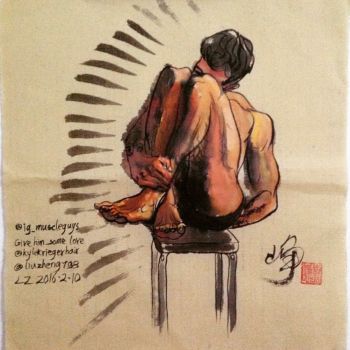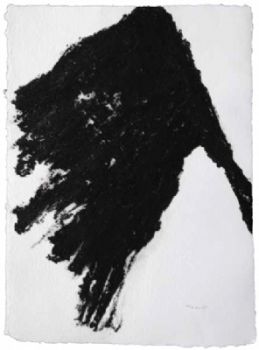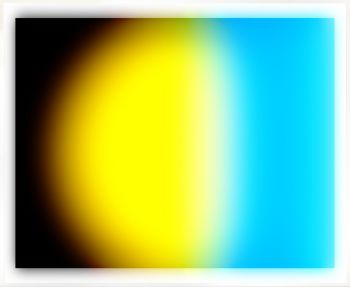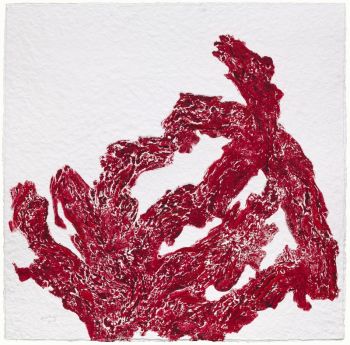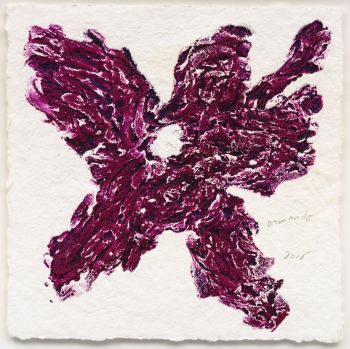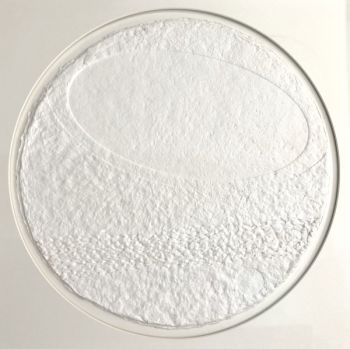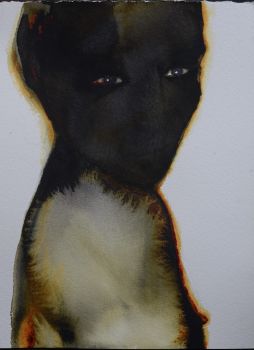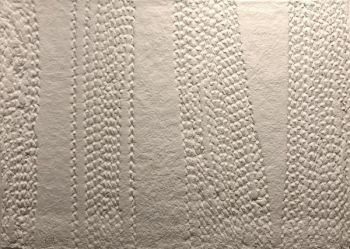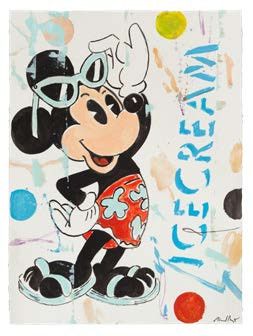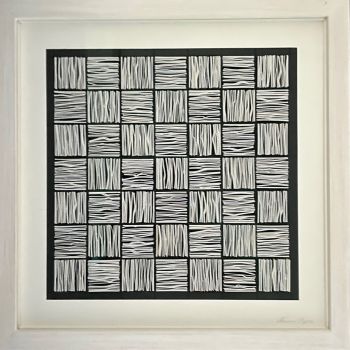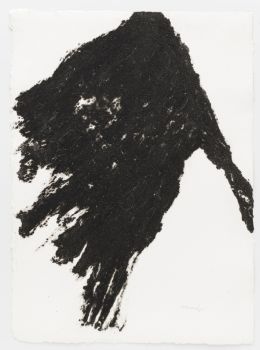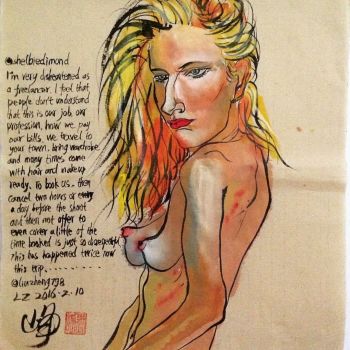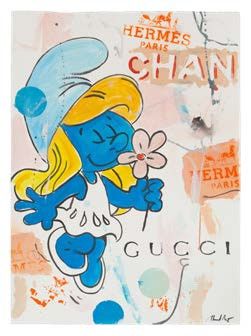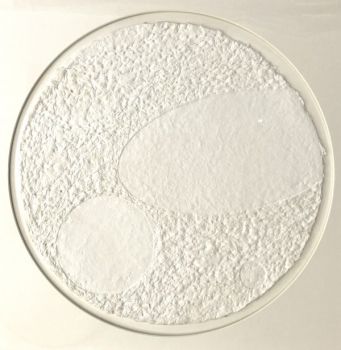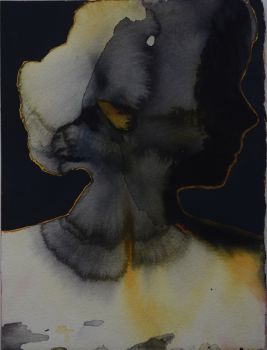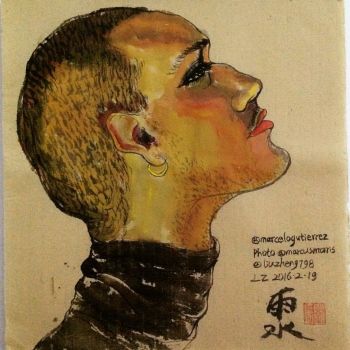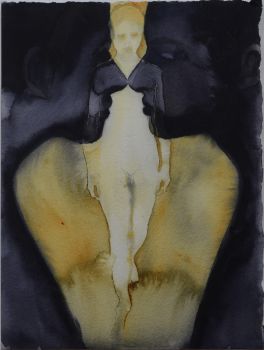Best edition of a classic Arabic grammar, with fables, proverbs and quotations 1656
Thomas van Erpe (Erpenius)
PapelPapel hecho a mano
Actualmente no disponible a través de Gallerease
- Sobre la obra de arteGrammatica Arabica; cum varia praxios materia, cujus elenchum versa dabit pagella.
Leiden, Johannes Maire, 1656.
2 parts in 1 volume.
4to.
Mid 19th-century half tan calf, gold- and blind-tooled spine.
Third edition, expanded and edited by Jacobus Golius, of Erpenius's classic Arabic grammar. The present edition is augmented with an Arabic chrestomathy that Fabricius had published in 1638.
Erpenius (1584-1624) revolutionized Arabic scholarship in Europe and made the Netherlands the most important European centre of Arabic studies before he died of the plague in 1624. His grammar remained the standard work in the field for two centuries.
With the owner's inscription on a free endleaf, and a meticulously lettered note on p. 42 of the Lockman fabels. Some small defects, but otherwise in very good condition, with only a small marginal tear repaired and an occasional minor and mostly marginal spot or stain. Binding with a restoration at the head and foot of the spine but otherwise good, with slight wear at the hinges and extremities. The best edition of a classic Arabic grammar.
Schnurrer 81 & 220; Smitskamp, Philologia orientalis 72; STCN (7 copies). - Sobre el artistaThomas van Erpe / Thomas Erpenius (1584, Gorinchem - 1624, Leiden), también conocido como Thomas van den Erpe, fue un famoso orientalista holandés. Después de estudiar lenguas orientales - Scaliger le aconsejó que lo hiciera - y teología en Leiden, viajó por Europa. Durante su estancia en París, se hizo amigo de Casaubon, un célebre erudito y filólogo clásico. En París también tomó lecciones de árabe y en Venecia estudió turco, persa y etíope. Erpenius fue nombrado profesor de árabe y otras lenguas orientales en la Universidad de Leiden en 1613. Allí instaló una imprenta para el árabe y otras lenguas orientales. Imprimió su primera edición de las fábulas de Luqman como su primera publicación de prueba (sin puntos vocales para los tipos árabes). Las anotaciones que hizo para su propia copia se incorporaron en la segunda edición (con puntos vocales) de 1636. Las fábulas de animales de Lukman eran una parte importante de la cultura árabe preislámica y siguen siendo populares hoy en día. La biblioteca de Erpenius fue transferida a la Biblioteca de la Universidad de Cambridge en 1632. Produjo muchas obras, entre otras gramáticas de varios idiomas orientales: árabe, hebreo, caldeo, sirio.
Artwork details
Related artworks
Engelbert Kaempfer
LIBRO DE ENGELBERT KAEMPFER1651 - 1716
Precio a consultarZebregs & Röell - Fine Art - Antiques
Antonie Derkinderen
Memory book Exhibition of Dutch Painting1892
Precio a consultarKunsthandel Pygmalion
Tilmanus Nicolaus Maastricht
Missale Romanum con monturas de plata holandesas1788 - 1792
Precio a consultarJacob J. Roosjen SRI
Engelbert Kaempfer
LIBRO DE ENGELBERT KAEMPFER1651 - 1716
Precio a consultarZebregs & Röell - Fine Art - Antiques
Tilmanus Nicolaus Maastricht
Missale Romanum con monturas de plata holandesas1788 - 1792
Precio a consultarJacob J. Roosjen SRI
LAWRENCE WEINER
"SKIMMING THE WATER [MENAGE A QUATRE]" Signed book plus small artwork2010 - 2014
Precio a consultarGallerease Selected
Antonie Derkinderen
Memory book Exhibition of Dutch Painting1892
Precio a consultarKunsthandel Pygmalion
Yoko Ono
YOKO ONO: "ARISING" SIGNED BOOK PLUS SMALL ARTWORK 2010 - 2014
Precio a consultarGallerease Selected
Hermann Nitsch
"UNDER MY SKIN" Signed book incl. small artwork and DVD in a matching box2010 - 2014
Precio a consultarGallerease Selected
1 - 4 / 22Artista Desconocido
IMPORTANTE Y RARO PINTURA INDIA DE ESTILO DE COMPAÑÍA EN MARFIL QUE REPRESENTA UN DESFILE1850 - 1900
Precio a consultarZebregs & Röell - Fine Art - Antiques
 curada por
curada porDanny Bree
Elisabeth Treskow
Lapislázuli afgano con incrustaciones de oro sobre un soporte de plata1950 - 1960
Precio a consultarJacob J. Roosjen SRI
1 - 4 / 24- 1 - 4 / 24

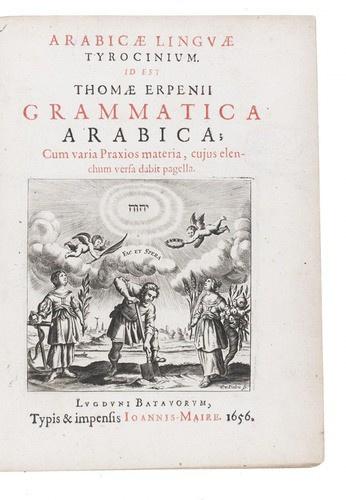









!["SKIMMING THE WATER [MENAGE A QUATRE]" Signed book plus small artwork by LAWRENCE WEINER](https://media-2.gallerease.com/images/442bfd5f-fc31-4e18-a2fa-ee0c08eade64/350x350/skimming-the-water-menage-a-quatre-signed-book-plus-small-artwork.jpg)










